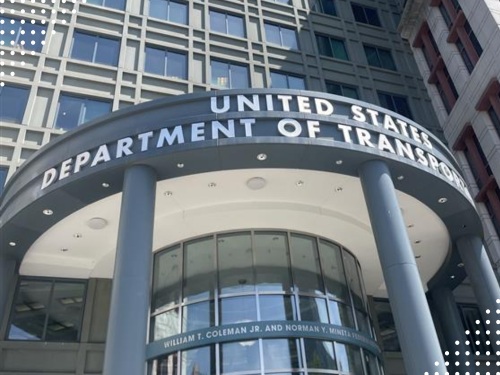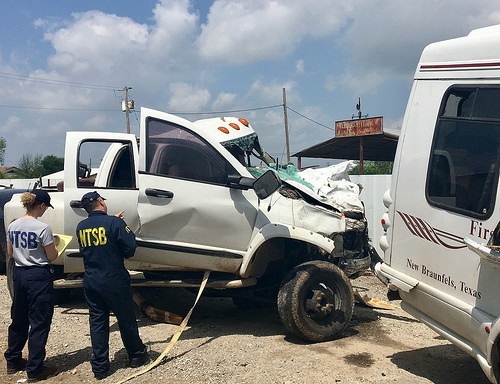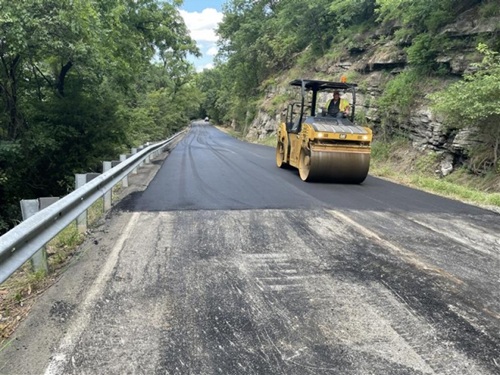The National Highway Traffic Safety Administration issued a preview of its 2019 data from the Fatality Analysis Reporting System and preliminary estimates for the first half of 2020 on October 1: data that indicates traffic fatalities declined slightly in 2019 and during the first half of 2020. However, fatality rates jumped during the first six months of 2020 even though traffic volumes were lower.
[Above photo by the NTSB.]
For 2019, NHTSA said fatalities due to motor vehicle crashes dropped 2 percent in 2019 to 36,096 fatalities from 36,835 fatalities in 2018, even though vehicle miles traveled or VMT jumped by nearly 1 percent in 2019 versus 2018.
As a result, the agency said the fatality rate for 2019 dipped to 1.10 fatalities per 100 million VMT – the lowest rate since 2014 – from 1.14 fatalities per 100 million VMT in 2018.

Meanwhile, NHTSA noted that during the second quarter of 2020 – at the height of the COVID-19 pandemic – traffic fatalities continued declining. Overall FARS data indicated that some 8,870 people died in motor vehicle traffic crashes during the second quarter of 2020: a decrease of about 3.3 percent compared to the second quarter of 2019, which translates into 302 fewer fatalities as compared to the same period in 2019.
However, as total traffic volume decreased by more than 16 percent in the first six months of 2020, that meant traffic fatality rate per 100 million VMT actually increased – jumping to 1.25 during the first half of 2020, up from 1.06 over the same period in 2019.

“Road safety is always our top priority, and while we are encouraged by today’s reports showing a continued decline in total fatalities in 2019 and into the first half of 2020, we are concerned by the trend since April showing an increased fatality rate,” noted James Owens, NHTSA’s deputy administrator, in a statement.
“Now, more than ever, we should be watching ourselves for safe driving practices and encouraging others to do the same,” he stressed. “It’s irresponsible and illegal to drive under the influence of drugs or alcohol, taking risks not only with one’s own life, but with the lives of others.”
Alongside the release of the 2019 preview data and 2020 first-half fatality projections, NHTSA also issued two companion reports – Special Report: Examination of the Traffic Safety Environment During the Second Quarter of 2020 and Drug and Alcohol Prevalence in Seriously and Fatally Injured Road Users Before and During the COVID-19 Public Health Emergency.
The Governors Highway Safety Association described those two reports as some of the “deepest analyses to date of driver behavior during the pandemic” in a statement.
Yet GHSA also noted those reports also “affirmed concerns” voiced by the group in April that “far too many drivers” saw open roads as an invitation to engage in risky behaviors such as excessive speeding, driving under the influence, and driving unrestrained.

Concurrently, the GHSA is working with NHTSA to designate October as National Pedestrian Safety Month – the first federally designated month-long pedestrian safety awareness event that comes on the heels of many states temporarily or permanently closing roadways to motor vehicles to foster more and safer walking opportunities due to the COVID-19 pandemic.
“Pedestrian deaths are unacceptably high so federal leadership to achieve zero deaths is absolutely critical,” said Pam Shadel Fischer, GHSA’s senior director of external engagement, noted in a separate statement.
“As motor vehicles have become increasingly safer for occupants due to design changes and the addition of supplemental safety features, the same can’t be said for pedestrians,” Fischer noted. “More must be done to ensure people on foot can safely travel our roadways.”
Between 2009 and 2018, the number of pedestrian fatalities jumped by 53 percent from 4,109 deaths in 2009 to 6,283 deaths, according to the FARS data. Meanwhile, during the same period, the rate of pedestrians involved in all U.S. motor vehicle crash deaths increased from 12 percent in 2009 to 17 percent in 2018, a rate not previously seen since 1983.
Nighttime is especially dangerous for people on foot, GHSA noted, as pedestrian fatalities occurring after dark increased by 67 percent cover the last decade compared to 16 percent during the daytime.
 Nation
Nation


